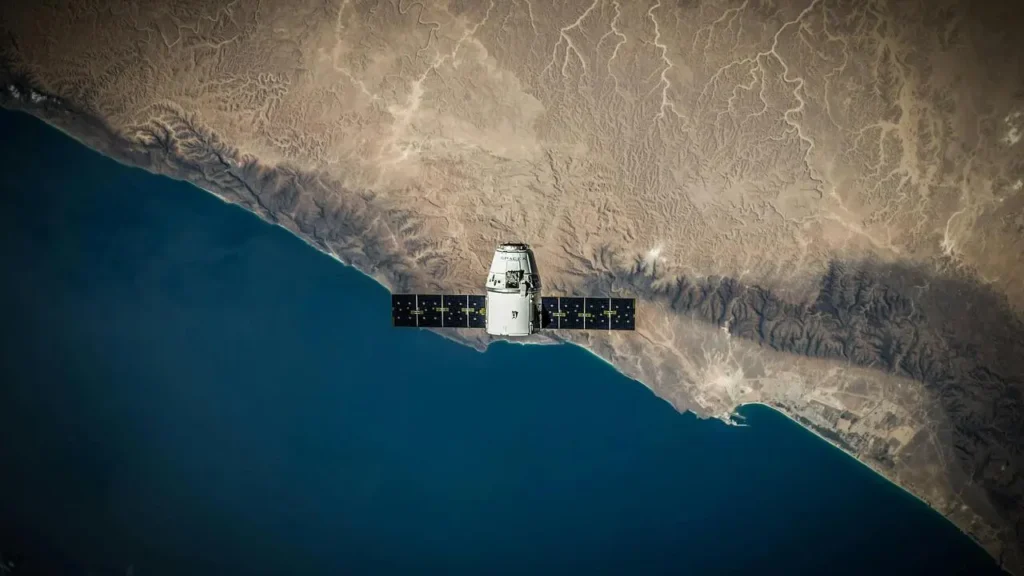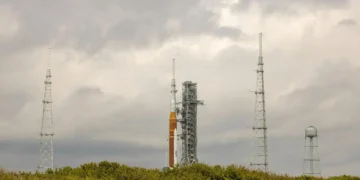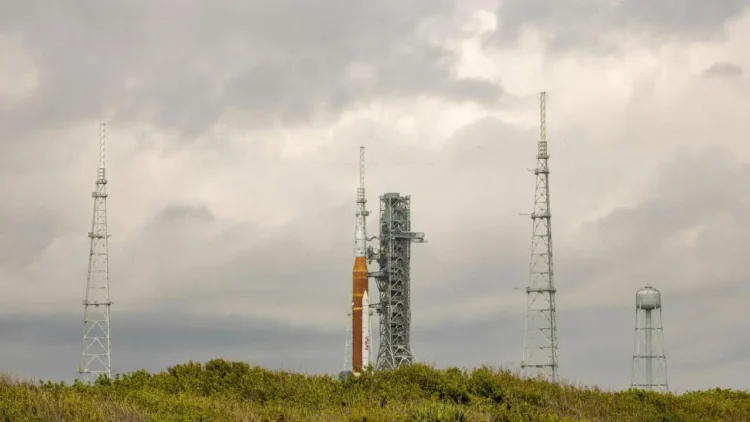In a significant leap forward for India’s technological prowess, a Bengaluru-based firm has developed an indigenous receiver chip designed to enhance the capabilities of the Indian Regional Navigation Satellite System (IRNSS), commonly known as NavIC. This development marks an important milestone in India’s journey towards self-reliance in satellite navigation technology and promises to revolutionize the way we navigate the future.
What is NavIC?

Check out Spain’s Victory Highlights England’s Possession Woes Euro 2024
NavIC, short for Navigation with Indian Constellation, is a regional satellite navigation system developed by the Indian Space Research Organisation (ISRO). Designed to provide perfect position information services to users in India and the surrounding region, NavIC comprises a constellation of seven satellites that offer two types of services: Standard Positioning Service (SPS) for civilian use and Restricted Service (RS) for authorized users.
The Need for Indigenous Technology
While global navigation satellite systems (GNSS) like the US-based GPS, Russia’s GLONASS, Europe’s Galileo, and China’s BeiDou offer widespread coverage, the need for an indigenous system like NavIC arises from the necessity for strategic autonomy, enhanced accuracy in the region, and better control over the service.
An integral part of this vision is the development of indigenous receiver chips that can leverage NavIC’s capabilities to the fullest. This is where the innovative efforts of the Bengaluru firm come into play.
The Bengaluru Firm’s Breakthrough

In a bid to enhance the adoption and performance of NavIC, the Bengaluru firm has designed and developed a receiver chip that is tailored specifically for NavIC signals. This chip is a game-changer in multiple ways:
- Enhanced Accuracy: The indigenous receiver chip is optimized to decode NavIC signals with high precision, ensuring more accurate positioning information compared to generic GNSS receivers.
- Cost-Effective: By developing the technology domestically, the firm has significantly reduced the cost of these chips, making them more accessible for widespread use in various applications.
- Strategic Independence: Relying on an indigenous chip reduces dependence on foreign technologies, aligns with India’s strategic objectives, and enhances national security.
- Boost to Local Industry: This development not only fosters innovation within the country but also boosts the local semiconductor industry, creating new opportunities for growth and employment.
Applications and Impact
The Indigenous receiver chip for NavIC has far-reaching applications across multiple sectors:
- Transportation and Logistics: Improved navigation and tracking capabilities can lead to more efficient and safer transportation networks.
- Agriculture: Precision farming techniques can benefit from accurate positioning data, enhancing crop yields and resource management.
- Disaster Management: Enhanced accuracy in navigation can significantly improve response times and effectiveness in disaster relief operations.
- Consumer Electronics: Integration of the NavIC receiver chip into smartphones and other consumer devices can provide users with more reliable and precise location services.
Looking Ahead
The development of the indigenous receiver chip by the Bengaluru firm is a testament to India’s growing capabilities in high-tech innovation. As NavIC continues to evolve and expand its services, the integration of this advanced technology will undoubtedly play an important role in navigating the future.
This breakthrough is not just a technological achievement; it is a strategic enabler that underscores India’s commitment to self-reliance and technological sovereignty. With the successful deployment and adoption of these indigenous receiver chips, India is poised to become a global leader in satellite navigation technology, guiding the way towards a future where precise, reliable, and independent navigation is within everyone’s reach.
To get more out of our exclusive news, Join us on our WhatsApp Channel, Facebook, X, and Instagram.















